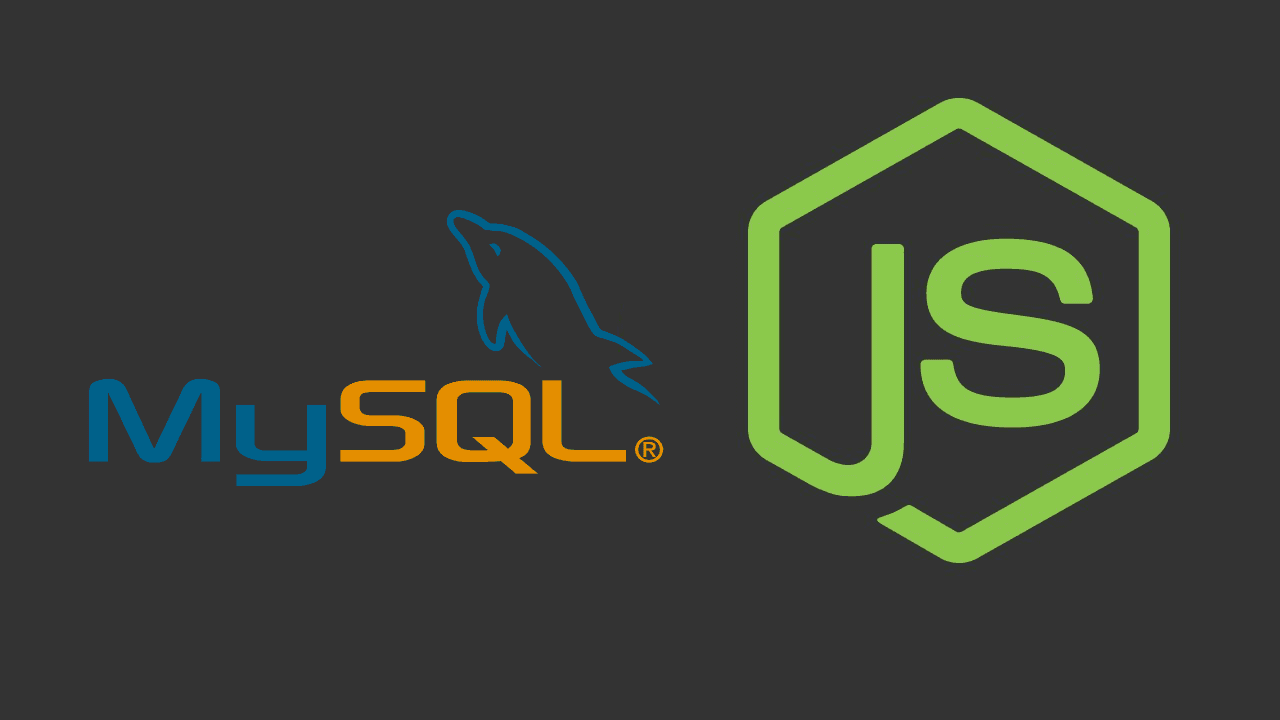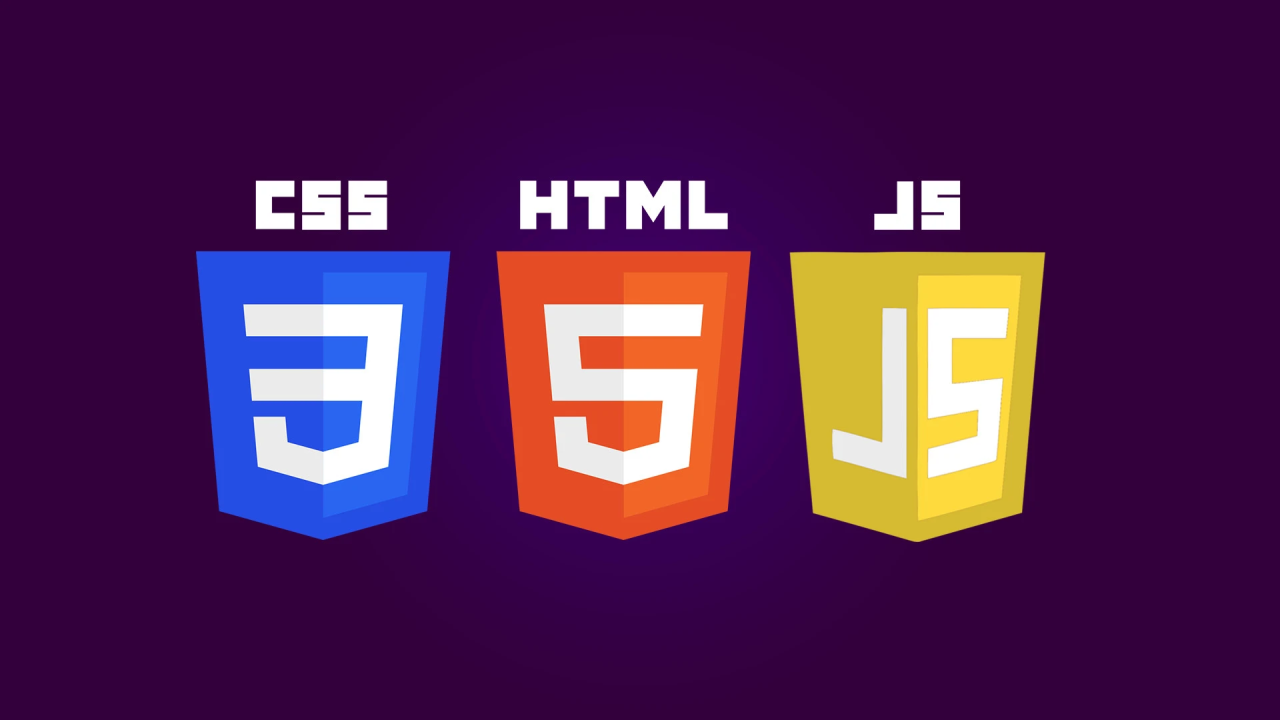What is a Tech Stack?

A tech stack refers to the combination of technologies, programming languages, frameworks, tools, and software used to develop and run an application or system. It includes both front-end and back-end components, as well as infrastructure and third-party services that support development, deployment, and maintenance.
Breaking Down a Tech Stack
A typical tech stack is divided into several layers:
-
Front-End (Client-Side)
- The front-end is what users interact with directly. It includes:
- HTML (HyperText Markup Language) – The structure of the web page.
- CSS (Cascading Style Sheets) – Styling and layout.
- JavaScript – Adds interactivity and dynamic behavior.
- Front-end Frameworks/Libraries – Examples include React.js, Angular, or Vue.js.
- The front-end is what users interact with directly. It includes:
-
Back-End (Server-Side)
- The back-end processes data, handles business logic, and interacts with the database. Common technologies include:
- Programming Languages – Python, Java, JavaScript (Node.js), Ruby, PHP, etc.
- Frameworks – Django, Express.js, Spring Boot, Ruby on Rails, Laravel, etc.
- Databases – MySQL, PostgreSQL, MongoDB, Firebase, etc.
- The back-end processes data, handles business logic, and interacts with the database. Common technologies include:
-
Development Tools & Environments
- Tools that help developers build and test applications:
- Version Control – Git, GitHub, GitLab, Bitbucket.
- Code Editors/IDEs – VS Code, IntelliJ IDEA, PyCharm.
- Testing Tools – Jest, Mocha, Selenium.
- Tools that help developers build and test applications:
-
Infrastructure & Hosting
- Platforms and services that host and run applications:
- Cloud Providers – AWS, Google Cloud, Microsoft Azure.
- Containerization & Orchestration – Docker, Kubernetes.
- Web Servers – Nginx, Apache.
- Platforms and services that host and run applications:
-
Third-Party Services & APIs
- External tools that enhance functionality:
- Payment Gateways – Stripe, PayPal.
- Authentication – OAuth, Firebase Authentication.
- Analytics – Google Analytics, Mixpanel.
- External tools that enhance functionality:
Why is a Tech Stack Important?
- Performance & Scalability – The right tech stack ensures that applications run efficiently and can handle growth.
- Development Speed – A well-chosen stack speeds up development and reduces maintenance issues.
- Cost Considerations – Some technologies are free and open-source, while others come with licensing costs.
- Security – Choosing the right stack ensures robust security features.
Examples of Popular Tech Stacks
-
MERN Stack (MongoDB, Express.js, React, Node.js)
- Used for full-stack JavaScript applications.
-
LAMP Stack (Linux, Apache, MySQL, PHP)
- A traditional stack for web applications.
-
MEAN Stack (MongoDB, Express.js, Angular, Node.js)
- Similar to MERN but uses Angular for the front-end.
-
Django Stack (Django, Python, PostgreSQL)
- Commonly used for scalable and secure web applications.
-
.NET Stack (C#, ASP.NET, SQL Server)
- Used in enterprise and Microsoft-based applications.
A tech stack is the backbone of any digital application, determining how efficiently it runs, scales, and interacts with users. Choosing the right tech stack depends on the project requirements, team expertise, budget, and future scalability needs.






